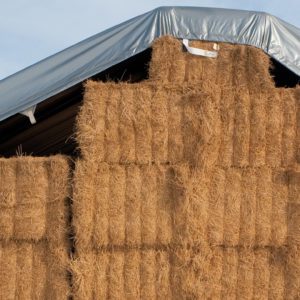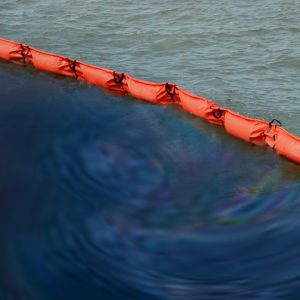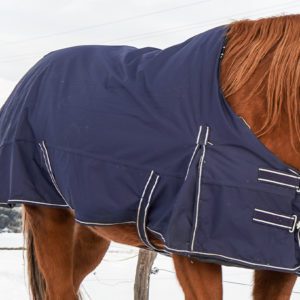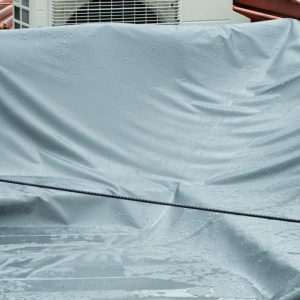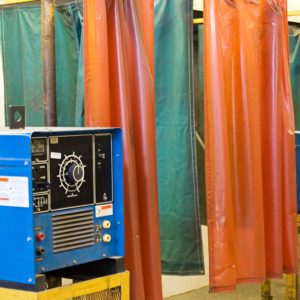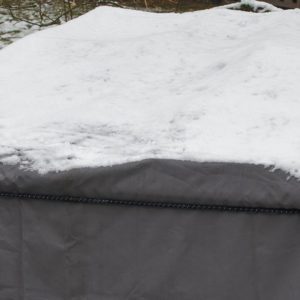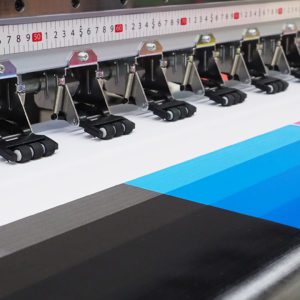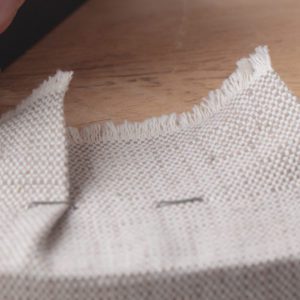Overview
Fabric laminating is a process of bonding two or more layers of material together to create a composite material with enhanced properties. In the textile industry, fabric laminating is commonly used to combine two or more layers of fabric to improve durability, water resistance, breathability, or other properties.
Types of Fabric Laminating
Flame fabric lamination is a process in which a flame is used to melt the foam, which becomes the bonding agent to allow the other substrate to adhere. For flame laminating, open cell foams are always used for this process. Another type of laminating uses an adhesive with a release liner. This involves applying a layer of adhesive to one or both of the materials being laminated. A release liner can be applied to the adhesive layer to protect it until it is ready to be bonded to the other material. When the laminating process begins, the release liner is removed, and the adhesive layer is pressed onto the other material.
Hot melt fabric laminating is a process in which a layer of hot melt adhesive is applied to one or both of the materials being laminated. The hot melt adhesive is then cooled and solidified to create a bond between the two materials.
What are some end uses for fabric lamination?
- Tarpaulins, coverings, and tents
- Auto shades
- Heat sealable ballistic covers
- Rafts
- Safety vests and life vests
- Hoses
- Escape slides
- Aluminized fabrics for radiant heat protection
- Medical devices
Overview
Fabric laminating is a process of bonding two or more layers of material together to create a composite material with enhanced properties. In the textile industry, fabric laminating is commonly used to combine two or more layers of fabric to improve durability, water resistance, breathability, or other properties.
Types of Fabric Laminating
Flame fabric lamination is a process in which a flame is used to melt the foam, which becomes the bonding agent to allow the other substrate to adhere. For flame laminating, open cell foams are always used for this process.Another type of laminating uses an adhesive with a release liner. This involves applying a layer of adhesive to one or both of the materials being laminated. A release liner can be applied to the adhesive layer to protect it until it is ready to be bonded to the other material. When the laminating process begins, the release liner is removed, and the adhesive layer is pressed onto the other material.
Hot melt fabric laminating is a process in which a layer of hot melt adhesive is applied to one or both of the materials being laminated. The hot melt adhesive is then cooled and solidified to create a bond between the two materials.
What are some end uses for fabric lamination?
- Tarpaulins, coverings, and tents
- Auto shades
- Heat sealable ballistic covers
- Rafts
- Safety vests and life vests
- Hoses
- Escape slides
- Aluminized fabrics for radiant heat protection
- Medical devices
